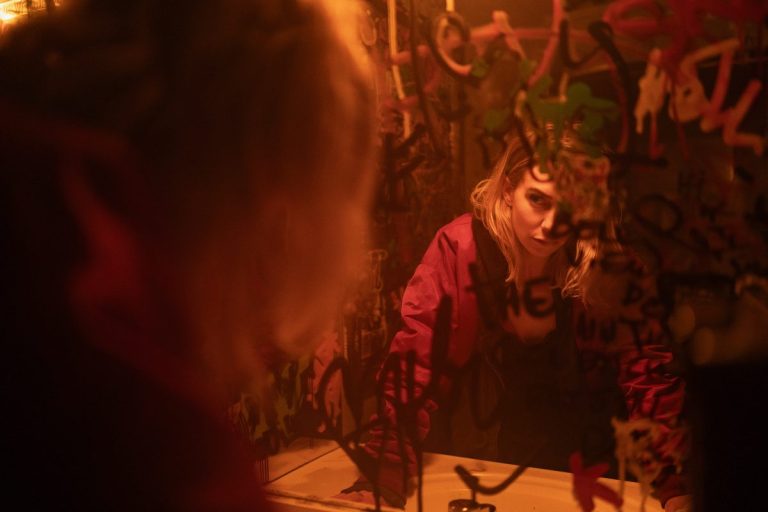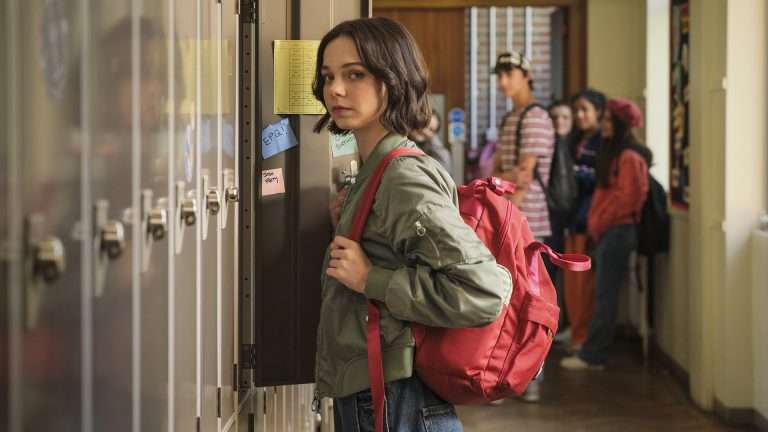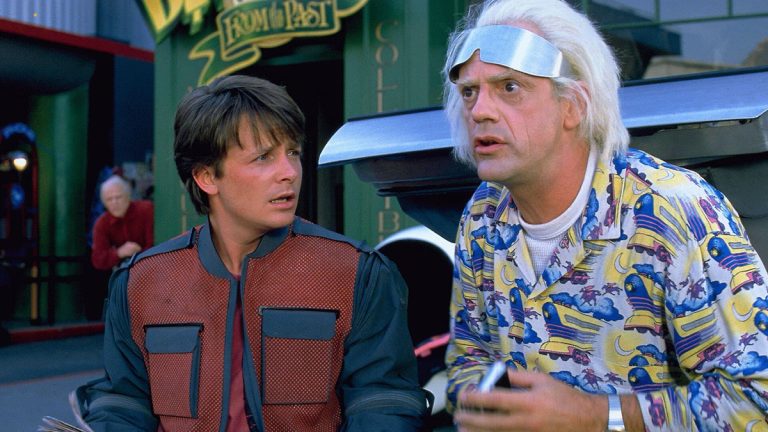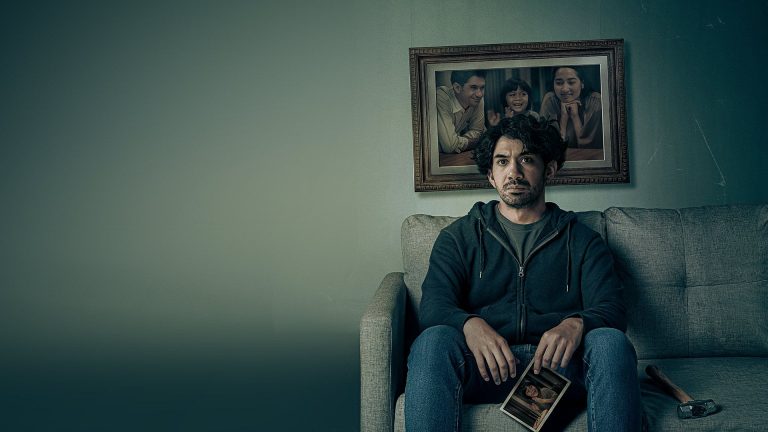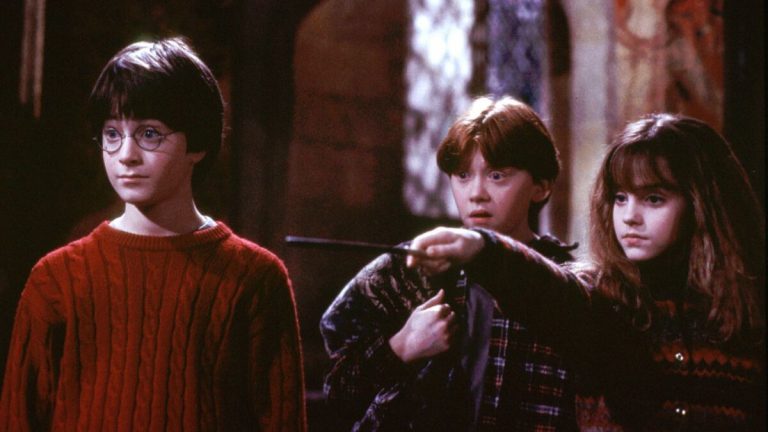It is hard to talk about “Batman: Caped Crusader” without being reminded of “Batman: The Animated Series.” With both of these shows sharing the same chief creative voice (Bruce Timm), asking “Batman: Caped Crusader” to match in quality to arguably the best in the superhero animation genre in terms of storytelling, visual aesthetics, and even voice acting is a rather tall order. It is difficult, even as the involvement of Bruce Timm brings a modicum of excitement—that we might get one of the better animated Batman adaptations in a decade.`
This new iteration was developed by Bruce Timm and executive produced by Timm, Ed Brubaker, James Tucker, Matt Reeves, and JJ Abrams. While “Batman: The Animated Series” would take on the art-deco animation style with the production design evoking the 1940s to the 1950s, but with gadgetry evoking a science-fiction bent, “Caped Crusader” is more squarely situated within the 1930s to 1940s Gotham, serving as an animated iteration and update of the Golden Age era Batman that had been created by Bob Kane and Bill Finger.
This ethos translates to Batman’s costume as well, which has a much more rudimentary design and gloves covering his hands that resemble a street-fighter glove. The batarangs, too, don’t have a clean bat-shaped design but rather a parabolic shape with sharp ridges. Batman’s Bat Cave is also far sparser in quantity; there is a board with a topographical map of Gotham City, and Batman marks out important areas by coloring them green or circling them with white chalk. His relationship with the police department is antsy as well, with corrupt cops like Flass and Bullock running loose and on the take, trying to undercut the honest and world-weary Commissioner Gordon’s attempts to clean the city of corruption.
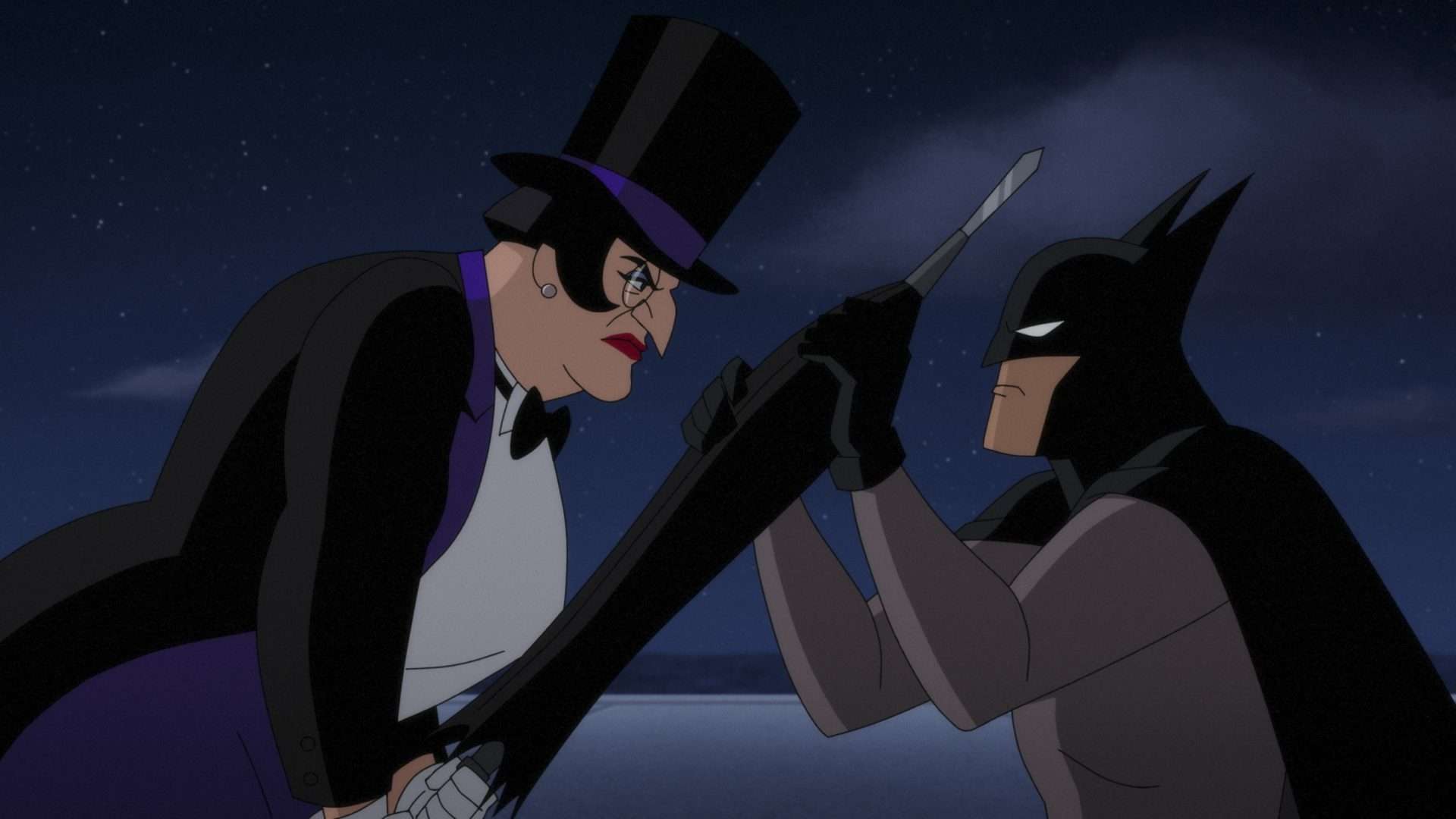
While on the side of the law, Gordon’s daughter Barbara works as a public defender, with her biggest competitor being prosecutor Harvey Dent, who is running for mayor. There are, of course, mobs with their fingers in the pie, as well as psychiatrist Dr. Harleen Quinzel, who might have a strong finger on the pulse regarding Gotham’s elites, as well as Bruce Wayne himself.
Timm and his team of writers, which includes Brubaker, are interested in bringing back the pulp roots of Golden Age-era comics. At their best, the episodes work as mini-noir movies of their own. The second episode, starring Clayface, reminds you of “Phantom of the Opera” in its approach to depicting the film industry, while the eighth episode, which deals with Nocturna and takes place primarily in a traveling circus, reminds you of Tod Browning’s “Freaks” as well as the Tyrone Power-led 1947 film “Nightmare Alley.” The recontextualization of some villains concerning their classic iterations does take some getting used to, but they work in the grand scheme of things.
Penguin, here voiced by Minnie Driver and depicted as a woman who leads her own crime family with two sons under her command, evokes the iconography of Ma Barker, a ruthless crime matriarch who led the Barker-Karpis gang during the Depression era. We are also introduced to Firebug, a criminal with a propensity to burn everything to the ground whose sanity is suspect. The depiction of his slipping sanity as he puts on the goggles and arms of his flamethrowers is quite creative. The episodes that work as standalone are easily the best of this series, delving into different genres within the overall umbrella of the 1930s–1940s genre pictures.
It’s the involvement of serialized storytelling that sometimes falters, especially in its depiction of Dr. Harleen Quinzel. It’s a creative choice to show this iteration of Herley Quinn as being born without the involvement of the Joker, but the recontextualization fails to deliver a resounding impact. This is one character that needed to be given more depth, as well as a clearer motivation for why she would be taking this route. Perhaps that would be introduced in the second season.
The Harvey Dent storyline, too, suffers a bit from being wrapped in fragments within some of the individual episodes before being fully explored by the final two episodes. The show does not place much emphasis on the psychological reasoning behind Dent’s transformation into Two-Face. Sure, it is reactive rather than additive, a product of the depression era where the show is situated, where cynicism and economic disparity are enough to push people into monsters. I wish the reasoning I just presented had been explored a bit more as well.
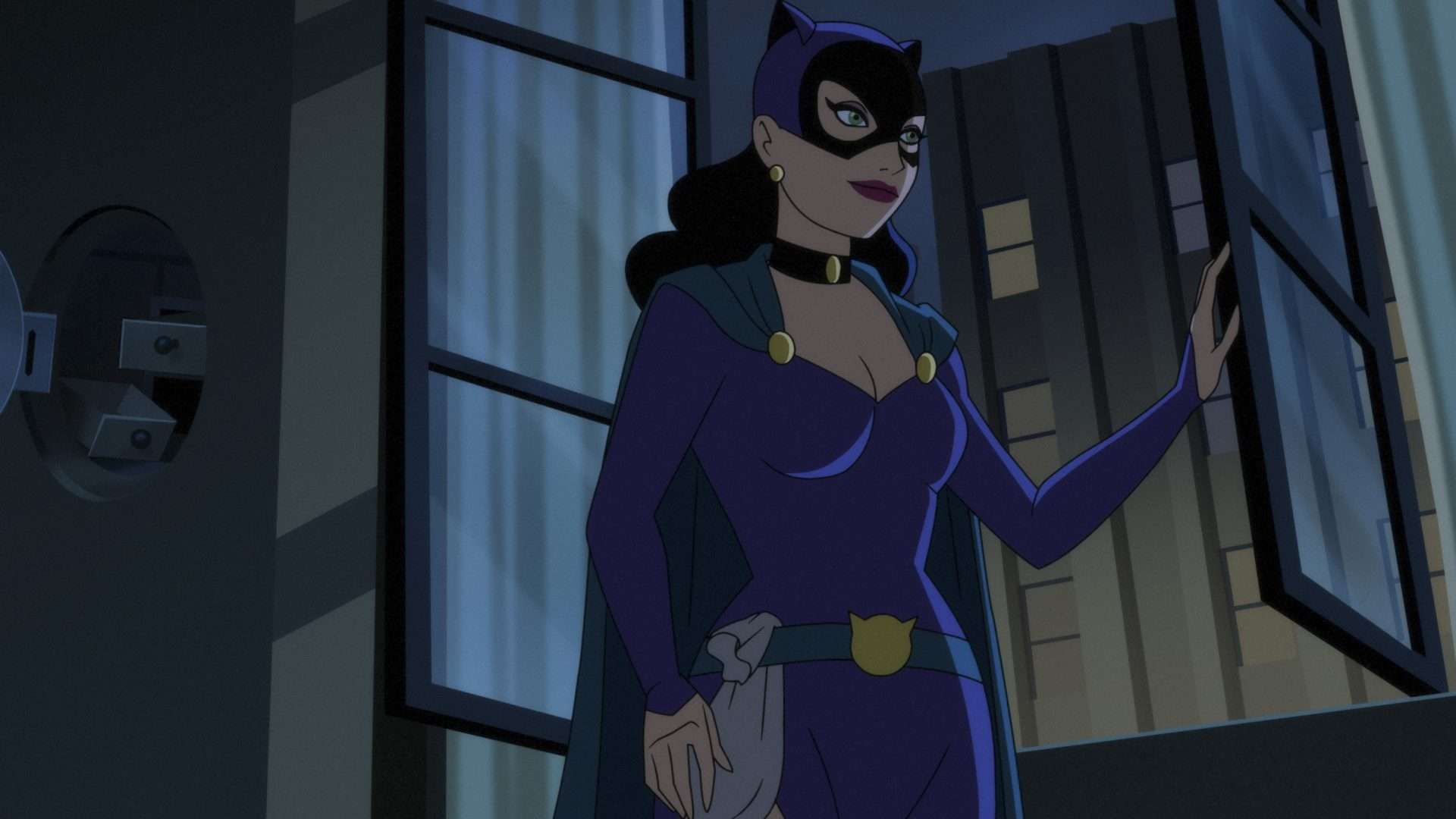
The show, however, succeeds in depicting Bruce Wayne/Batman. Hamish Linklater’s voice acting takes some getting used to, especially his modulation between Batman and Wayne. Linklater is no Kevin Conroy, and to his credit, he is not trying to be. He is much more psychologically damaged and more prone to anger and shutting himself out from making emotional connections than being wryly humorous. His relationship with Alfred, too, is mildly different and quite interesting than the usual takes on their relationship.
What is also fascinating about this version of Batman is how scrappy he is. He is not the extremely prepared, gadget-heavy genius that is a staple of most of the adaptations. Here, he is moderately intelligent and quite a good detective but a scrappy fighter and also prone to failure. However, the empathy that Batman shares with his rogue gallery is still intact here.
“Batman: Caped Crusader” is not a home run by any means, but again, expectations due to the earlier, more famous (deservedly so) might affect one’s viewing of the experience. But even removing those glasses aside, the show in its first season makes remixes of familiar elements that do work spectacularly well. The music by Frederik Weidmann deserves special mention for evoking the classic Batman theme, but it also has a melancholic and foreboding tonality of its own that works very well within the context of this show. The flaws that are present will be fixed or re-jiggered by the second season, but one thing does stand: this is one of the best-animated offerings by DC within the last decade.




